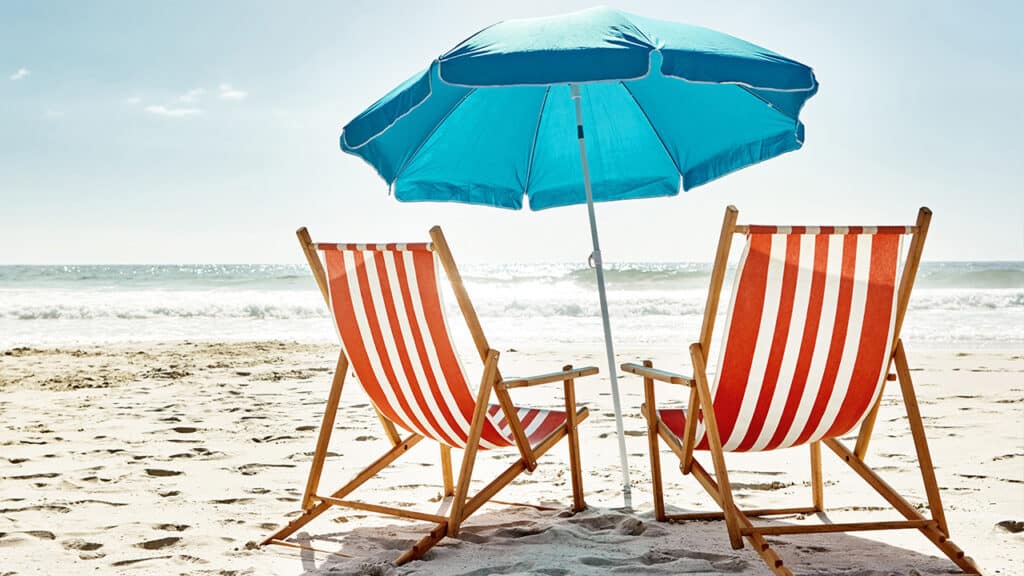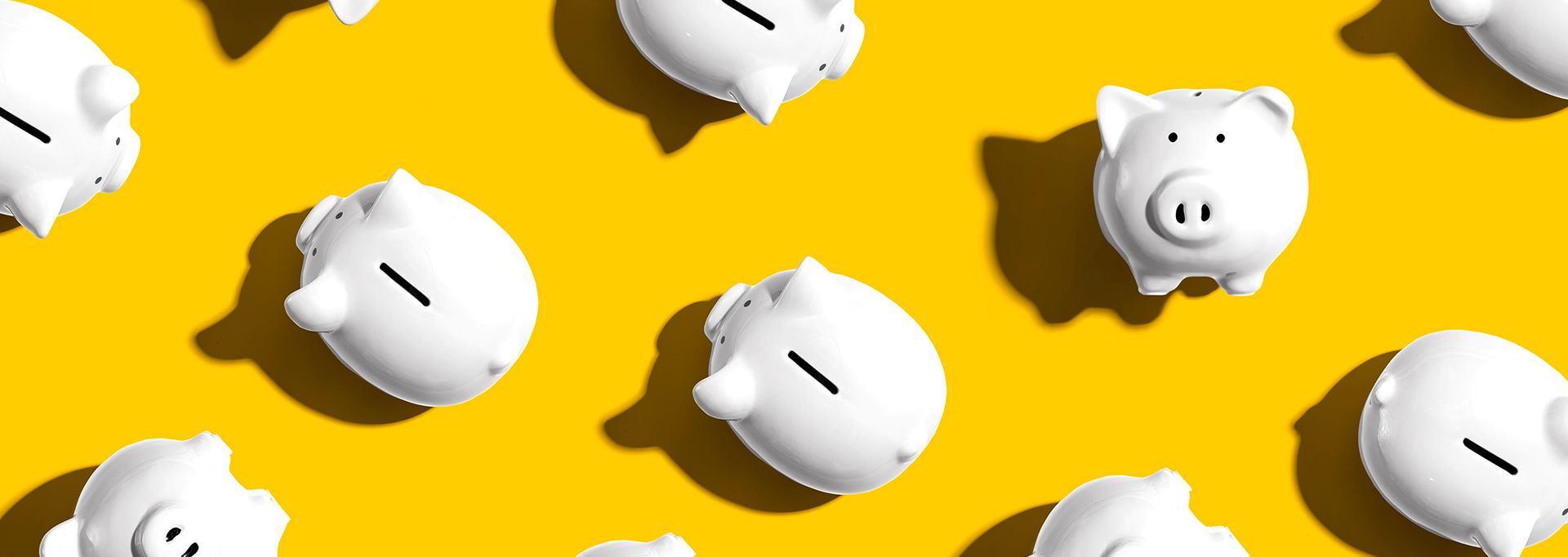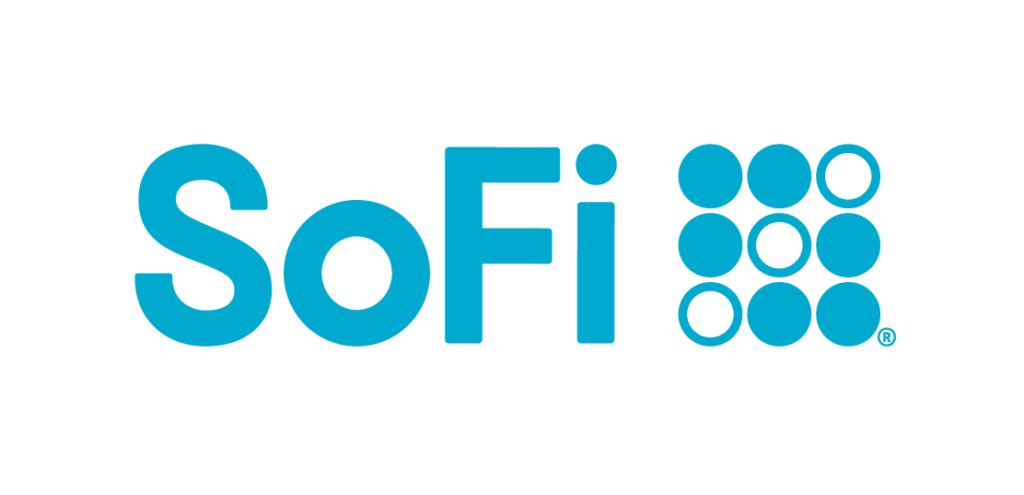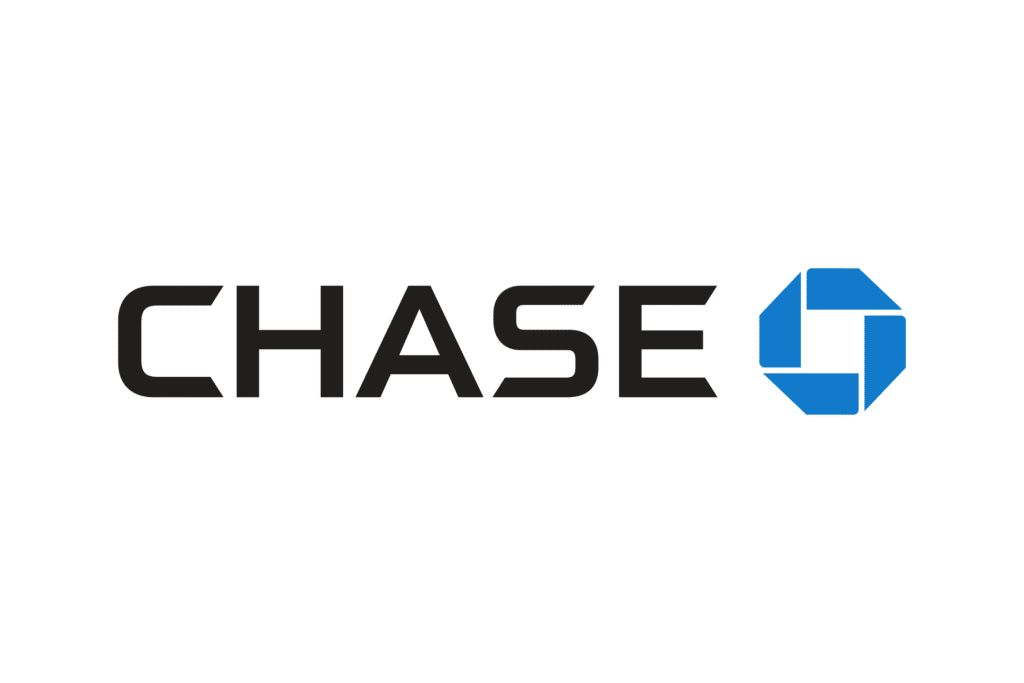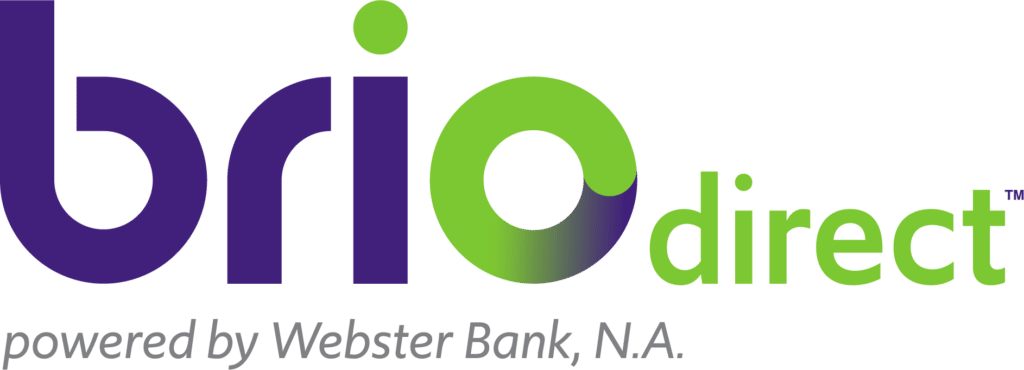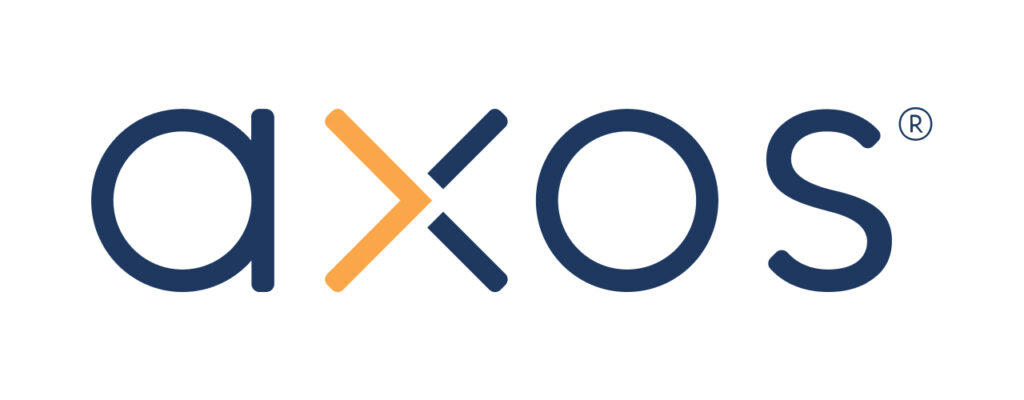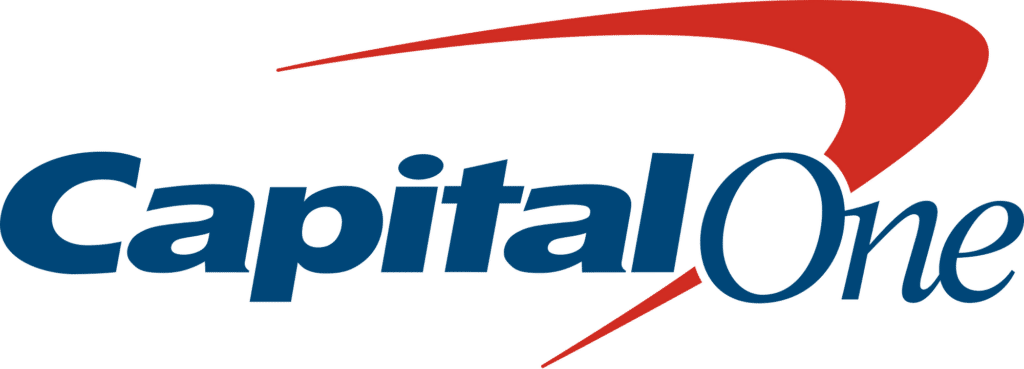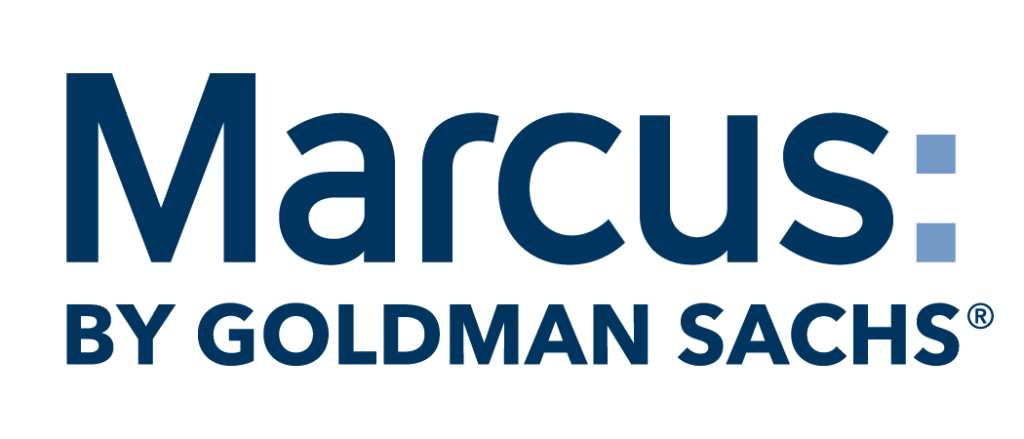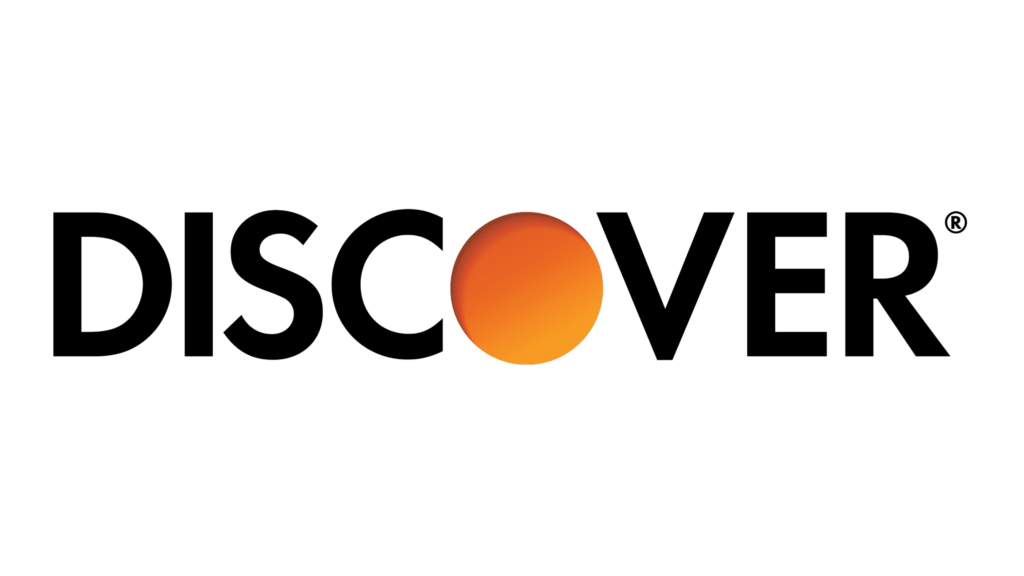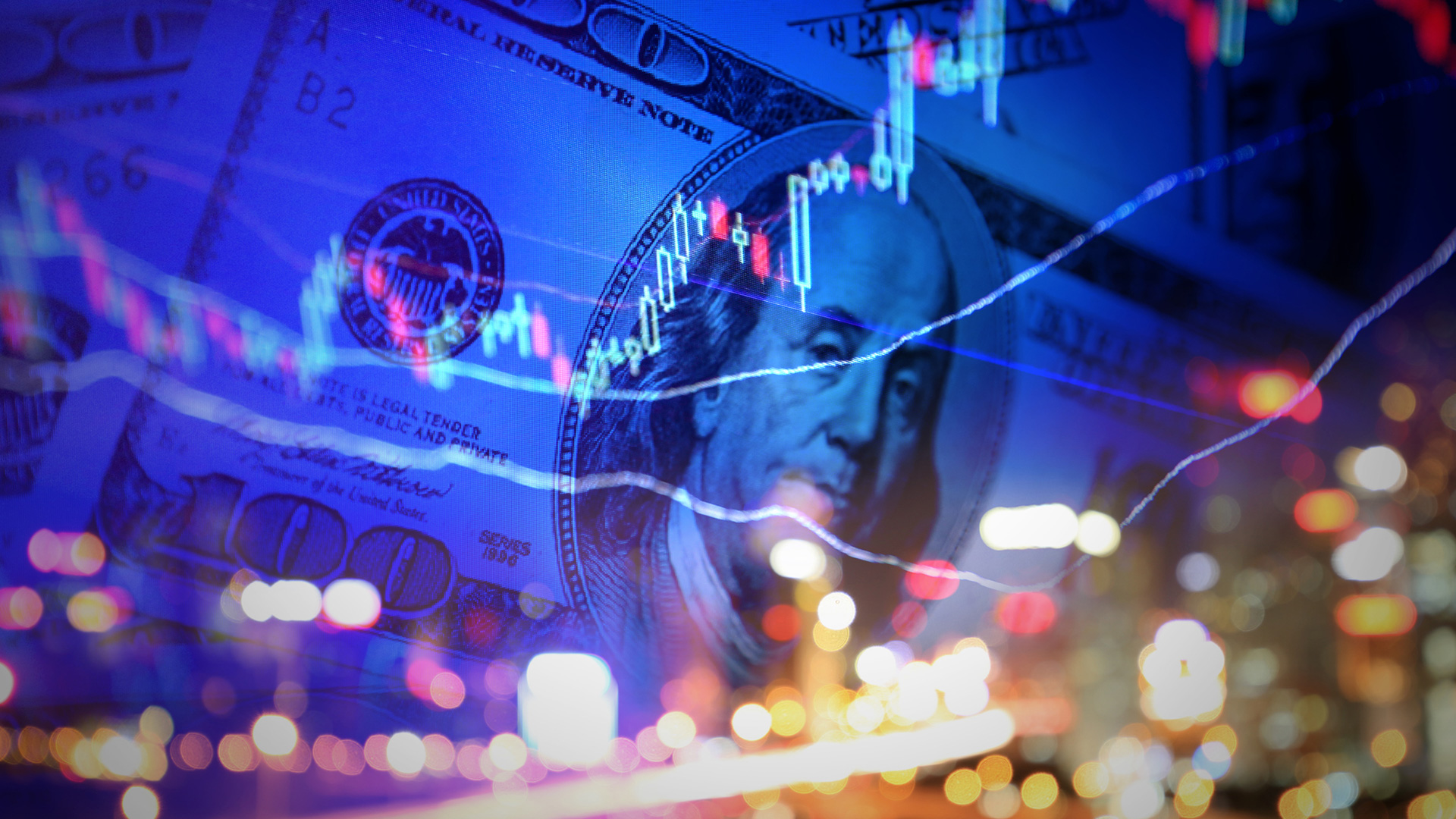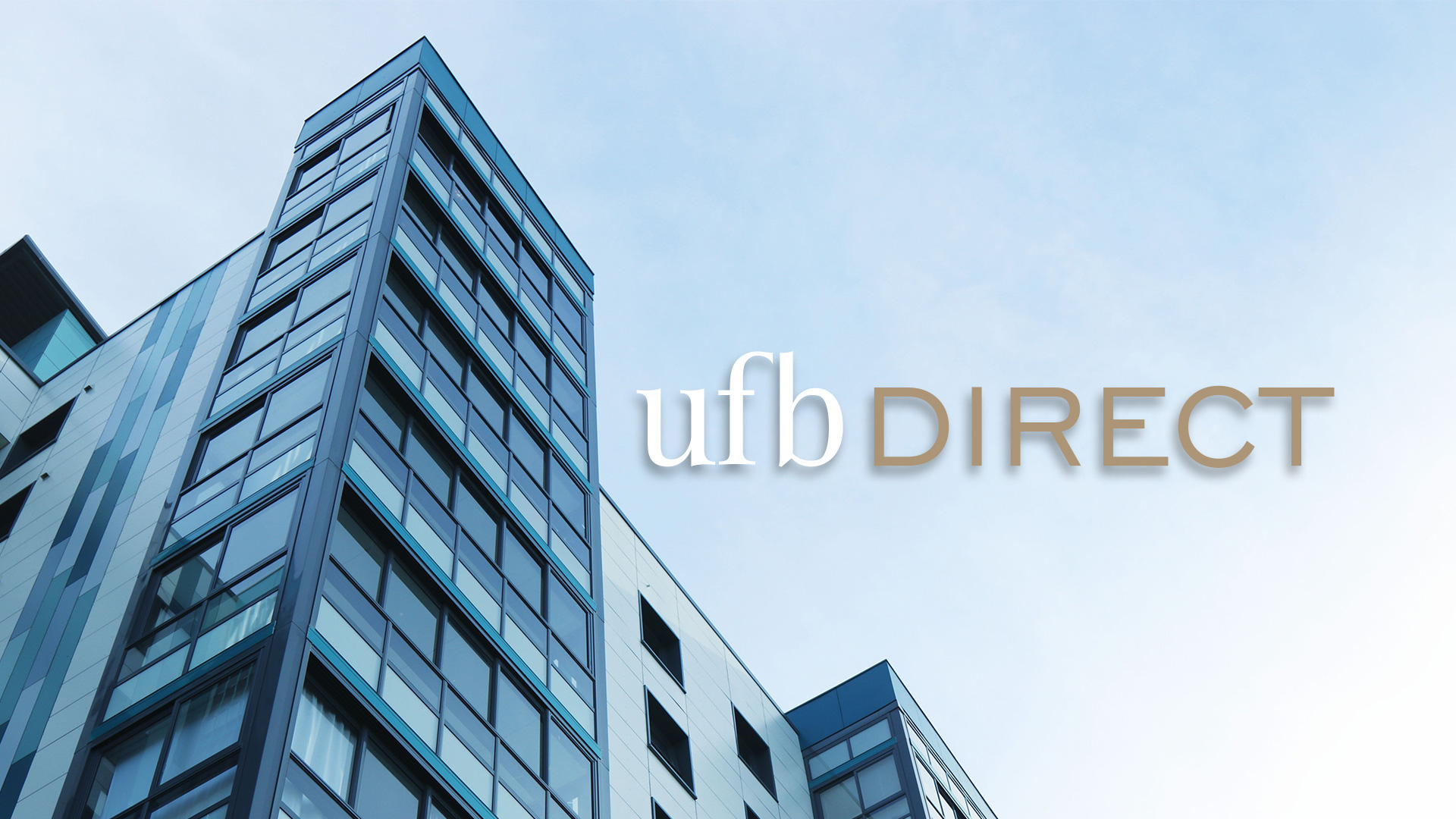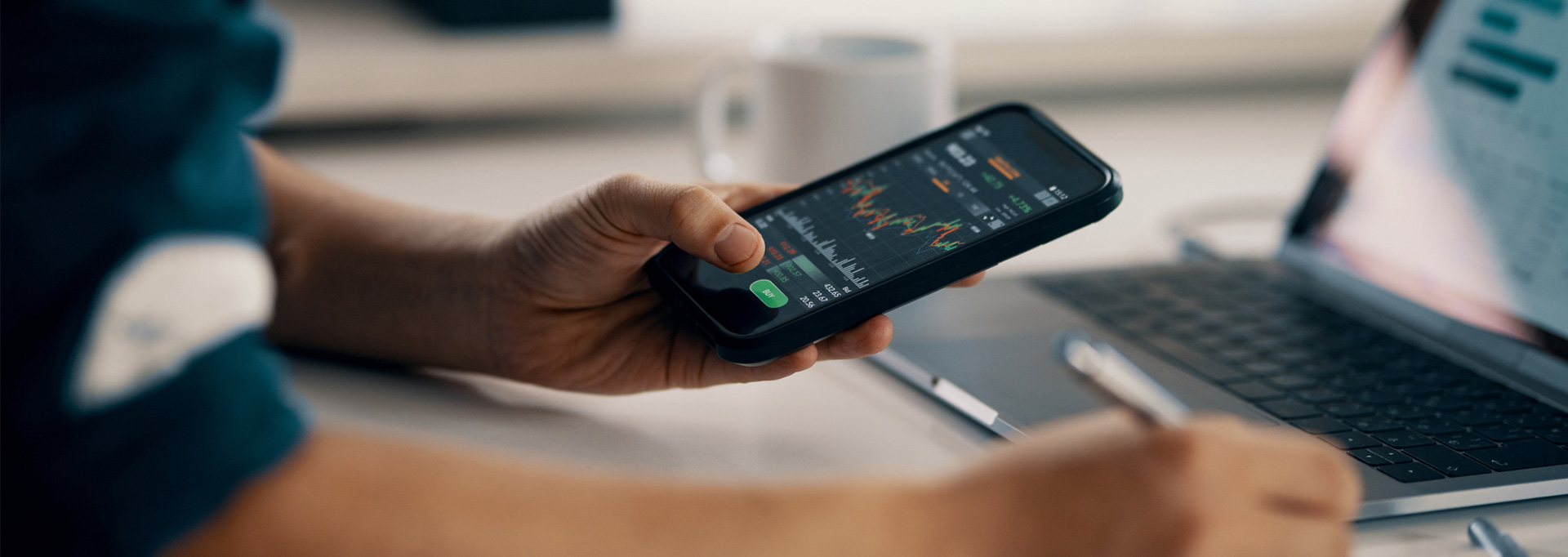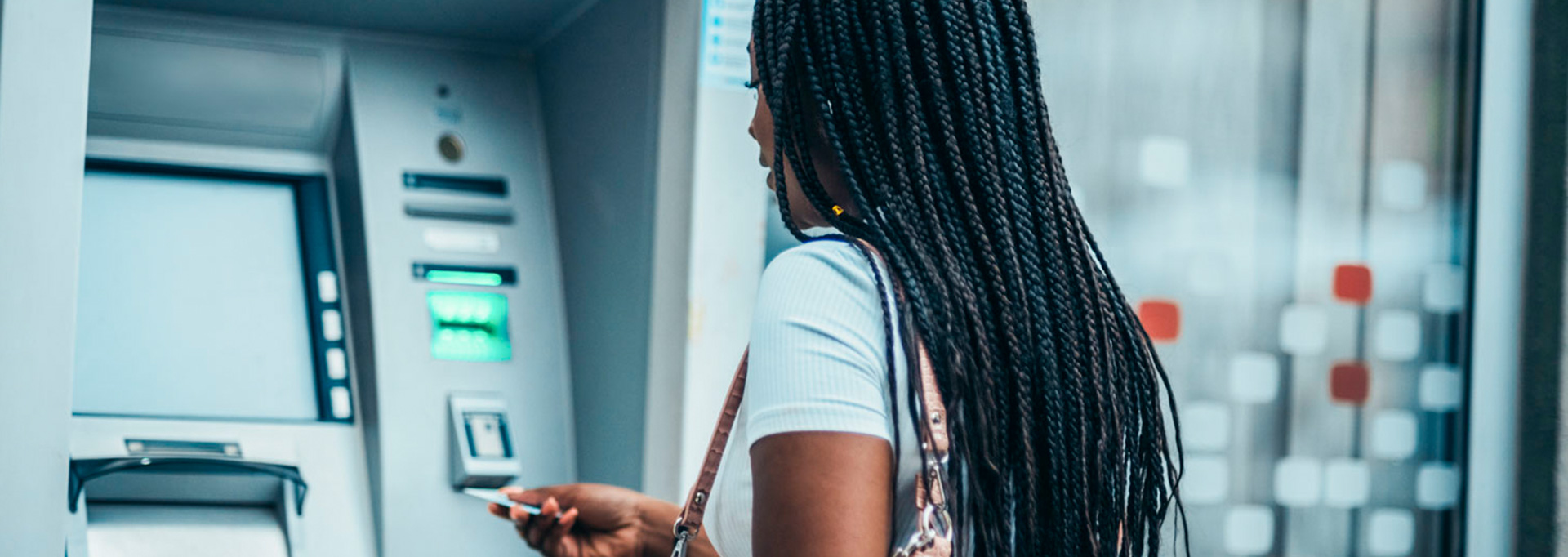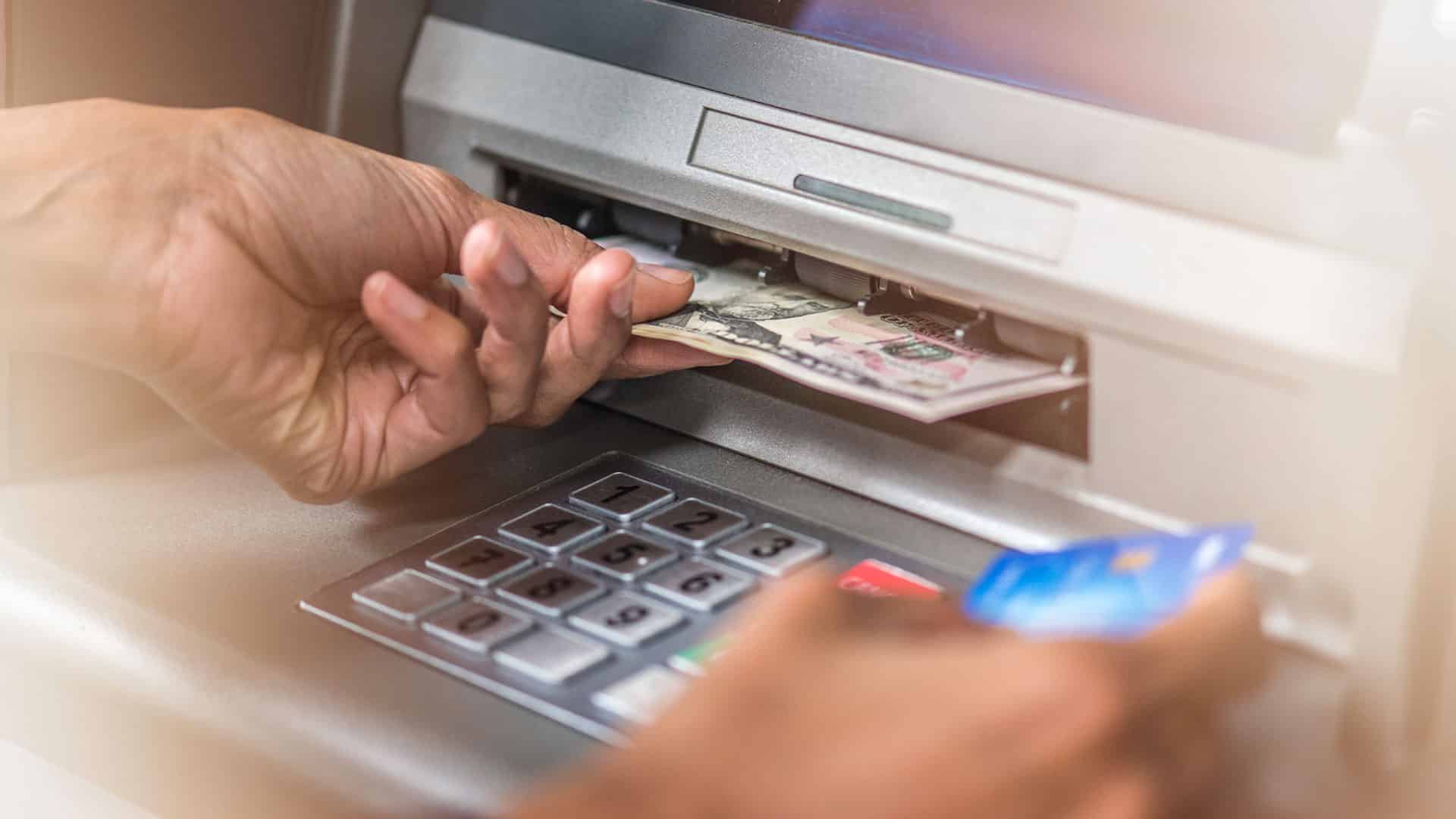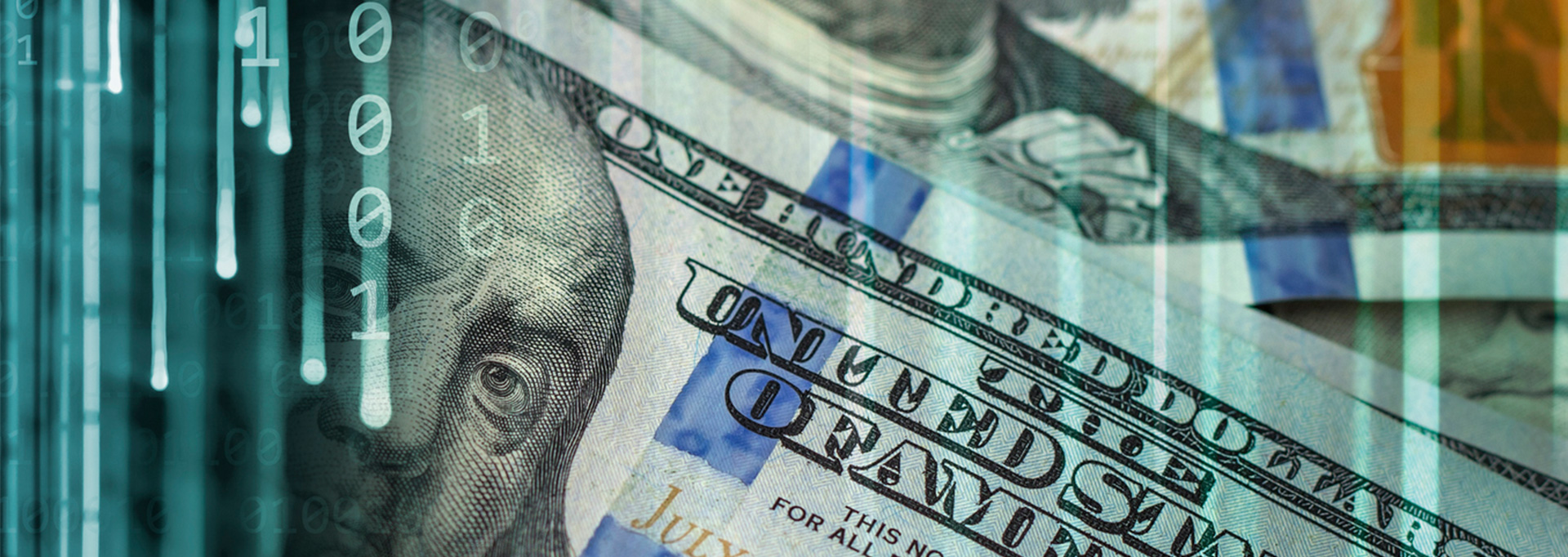Most products on this page are from partners who may compensate us. This may influence which products we write about and where and how they appear on the page. However, opinions expressed here are the author's alone, not those of any bank, credit card issuer, airline or hotel chain.
There’s no arguing that a bank account can be a safe place to stash your cash. These accounts typically carry insurance from the Federal Deposit Insurance Corporation (FDIC) on balances up to $250,000, which protects your money in case your bank goes out of business.
But depending on your goals, you might need different bank accounts for different purposes. Some work better for everyday spending, while others make more sense for growing your savings over time. If you’re in the market for a new bank account, here are five types you might want to open.
5 Essential Bank Accounts
| Type of account | Account Purpose | Considerations |
|---|---|---|
|
Checking Account |
Everyday spending |
|
|
Savings Account |
Short- or long-term savings |
|
|
Money Market Account (MMA) |
Short- or long-term savings |
|
|
Certificate of Deposit (CD) Account |
Long-term savings |
|
|
Retirement Account |
Long-term savings |
|
1. Checking Account
A checking account is ideal if you need a place to put cash for your monthly bills and daily expenses. This type of account gives you quick access to your cash, and usually comes with a companion debit card and checks. Paying by debit card can be more secure than carrying cash, and you can deposit funds or make withdrawals at ATMs using your card.
Many banks also let you set up automatic bill pay from your checking account, making it easier to stay on top of your bills. Checking accounts are available at most banks and credit unions, and many financial institutions offer mobile apps for convenient account access.
Pros
- Easy access to your money
- High number of monthly transactions permitted
- Often comes with companion debit card or checks
Cons
- Earns no or low interest
- May have monthly fees
- May require a minimum balance
Recommended Checking Accounts
| Account | Intro Bonus | Minimum deposit required | Monthly maintenance fee | Learn More |
|---|---|---|---|---|
|
Member FDIC |
$50-$300Expires January 31, 2026
New and existing Checking and Savings members who have not previously enrolled in Direct Deposit with SoFi are eligible to earn a cash bonus of either $50 (with at least $1,000 total Direct Deposits received during the Direct Deposit Bonus Period) OR $300 (with at least $5,000 total Direct Deposits received during the Direct Deposit Bonus Period). Cash bonus will be based on the total amount of Direct Deposit. Direct Deposit Promotion begins on 12/7/2023 and will be available through 1/31/26. See full bonus and annual percentage yield (APY) terms at sofi.com/banking#1. |
N/A | $0 | Open Account |

Axos Rewards Checking Account |
Up to $500Expires July 31, 2024
Cash in on up to a $500 bonus† and up to 3.30% APY* with a new Rewards Checking account. Just use promo code RC500 before July 31. |
N/A | $0 |
This product is currently not available via Slickdeals. All information about this product was collected by Slickdeals and has not been reviewed by the issuer. |
|
|
$300Expires July 16, 2025
New Chase checking customers enjoy a $300 bonus when you open a Chase Total Checking® account with qualifying activities |
N/A |
$12 with options to waive
Chase Total Checking customers can have their monthly maintenance fee waived by receiving direct deposits totaling $500 or more in new money each monthly statement period, maintaining a daily balance of at least $1,500 at the beginning of each day, or maintaining an average beginning day balance of $5,000 or more in any combination of linked qualifying Chase checking, savings and other accounts |
Open Account |
2. Savings Account
Another must-have is a savings account, preferably one with a high interest rate. A high rate could mean the difference between nominal annual earnings and hundreds of extra dollars in savings.
For instance, I recently deposited $10,000 into a high-yield savings account with an annual percentage yield (APY) of over 5% after contributing to a regular savings account with a 0.25% rate for years. My new account has been open for about six months, and I’ve already earned over $200 in interest. I would’ve earned just $12.50 in six months with my original account.
Many online banks offer high-yield savings accounts, which can be ideal for growing your balance over time. These accounts provide easy access to your money, though transaction limits and monthly fees may apply. Rates may also fluctuate often, depending on federal policy changes and the economy.
Pro
- May have high interest rates
- Fairly easy access to your money
- Often have low minimum opening deposits
- Good vehicle for short- or long-term savings
Cons
- Transaction limits may apply
- May have monthly fees
- No companion debit card or checks
- Rates can fluctuate
Recommended High-Yield Savings Accounts
| Bank Account | APY | Features | Learn More |
|---|---|---|---|
|
|
4.50%
*Annual Percentage Yield (APY) is variable and is accurate as of 4/02/2025. Rate is subject to certain terms and conditions. You must deposit at least $5,000 to open your account and maintain $25 to earn the disclosed APY. Rate and APY may change at any time. Fees may reduce earnings. |
$5,000 min. deposit |
Open Account |
|
|
Up to 4.66%
Earn up to 4.66% APY on savings, and 0.51% APY on checking when you meet requirements. |
No minimum deposit |
Open Account |
|
Member FDIC |
0.50% - 3.80%
SoFi members who enroll in SoFi Plus with Direct Deposit or by paying the SoFi Plus Subscription Fee every 30 days or with $5,000 or more in Qualifying Deposits during the 30-Day Evaluation Period can earn 3.80% annual percentage yield (APY) on savings balances (including Vaults) and 0.50% APY on checking balances. There is no minimum Direct Deposit amount required to qualify for the stated interest rate. Members without either SoFi Plus or Qualifying Deposits, during the 30-Day Evaluation Period will earn 1.00% APY on savings balances (including Vaults) and 0.50% APY on checking balances. Only SoFi Plus members are eligible for other SoFi Plus benefits. Interest rates are variable and subject to change at any time. These rates are current as of 1/24/25. There is no minimum balance requirement. Additional information can be found at http://www.sofi.com/legal/banking-rate-sheet. See the SoFi Plus Terms and Conditions at https://www.sofi.com/terms-of-use/#plus. |
No minimum deposit |
Open Account |
|
|
4.10%
Earn 4.10% APY on balances over $5,000. Balances of less than $5,000 earn 0.25% APY. Annual Percentage Yield is accurate as of March 19, 2025. Interest rates for the Platinum Savings account are variable and subject to change at any time without notice. |
$100 minimum deposit |
Open Account |
3. Money Market Account (MMA)
MMAs are part savings account and part checking account. They often have high rates like a high-yield savings account while offering debit cards or checks similar to a traditional checking account, allowing you to maximize the amount of interest you can earn with low risk. These accounts can be a smart option for short- or long-term savings.
You might encounter a few drawbacks with a MMA, though. Some accounts require a high initial deposit and minimum balance, and others have monthly fees. Like savings accounts, rates on MMAs fluctuate, and these accounts may have monthly transaction limits. Be mindful of potential limits if you plan to use your account’s companion debit card or checkbook.
Pros
- May have high interest rates
- Easier access to your money than savings accounts
- Good vehicle for short- or long-term savings
- Often comes with companion debit card or checks
Cons
- Transaction limits may apply
- May have high minimum balance requirements
- May have monthly fees
- Rates can fluctuate
4. Certificate of Deposit (CD) Account
If you have some money you don’t need for a few months or years, a CD is another secure option that could earn you some extra interest. These accounts are widely available and generally offer fairly high rates.
Most CD terms range from three months to five years and the accounts may require a modest minimum deposit amount. While CDs offer a guaranteed rate of return for their term, early withdrawal penalties typically apply if you need to access your money before your CD’s maturity date. Penalties often amount to a few months’ interest. No-penalty CDs are also an option if you think you might need to withdraw your funds early.
Despite potential drawbacks, CDs can be a great long-term savings vehicle if you’re comfortable leaving your cash invested for a while.
Pros
- Generally have high rates
- Guaranteed rate of return
- Variety of terms available
Cons
- Money generally locked in for set term
- Early withdrawal penalties may apply
- Rates may not keep up with inflation
Recommended CD Accounts
| Account | 1-Year APY | 3-Year APY | 5-Year APY | Learn More |
|---|---|---|---|---|

CIT Bank Term Certificates of Deposit |
0.30%
Annual Percentage Yield is accurate as of April 2, 2024. Interest rates for CIT Bank's term CDs are variable and subject to change at any time without notice |
0.40%
Annual Percentage Yield is accurate as of April 2, 2024. Interest rates for CIT Bank's term CDs are variable and subject to change at any time without notice |
0.50%
Annual Percentage Yield is accurate as of April 2, 2024. Interest rates for CIT Bank's term CDs are variable and subject to change at any time without notice |
This product is currently not available via Slickdeals. All information about this product was collected by Slickdeals and has not been reviewed by the issuer. |
|
|
4.00% | 4.00% | 3.50% | Open CD |
|
|
4.10% | 3.65% | 3.60% | Open CD |
|
|
4.10% | 3.50% | 3.40% | Open CD |

Quontic Bank Certificates of Deposit |
4.00% | 3.25% | 3.00% |
This product is currently not available via Slickdeals. All information about this product was collected by Slickdeals and has not been reviewed by the issuer. |
5. Retirement Account
A retirement account is another must-have account for your banking portfolio. Starting early with retirement savings can help ensure you have funds set aside when you decide to stop working. While your investments in this type of account will fluctuate in value based on the market, investing in retirement still remains one of the best ways to build savings over the long term.
You might be able to contribute to a retirement account through your employer, often a 401(k) or 403(b) account. You can also open either a Roth or traditional individual retirement account (IRA) independently, or a SEP IRA, SIMPLE IRA, or self-employed 401(k) if you’re self-employed. Each type of account is structured slightly differently, though these accounts typically have maximum annual contribution limits and early withdrawal penalties if you take money out before retirement.
Pros
- Investments might grow significantly over time
- Available from many employers
- Contribution limits can be high
Cons
- Early withdrawal penalties may apply
- Investments could decrease during market downturns
- Fairly low contribution limits with some account
How to Choose the Right Bank Accounts
To find the best bank account for your situation, consider the following factors:
- Liquidity: Do you want quick access to your money in case an unexpected expense comes up? Or are you OK with investing it for a set timeframe?
- Goals: What are your goals? Is your top priority maximizing your savings or finding a solid account for daily spending?
- Rates: In addition to liquidity and goals, consider the rates each account offers. Rates vary across banks, and a higher rate could mean significantly more interest earnings over time.
- Fees: Does the account have a monthly maintenance fee? What about overdraft fees? Choosing an account with minimal fees could help you keep more money in your pocket.
- Minimum balance requirements: Certain accounts have minimum balance requirements, some higher than others. This happens occasionally with checking and savings accounts and often with MMAs and CDs.
- Transaction limits: Some accounts also come with monthly transaction limits. Review the deposit agreements on potential accounts to determine if any limits apply.
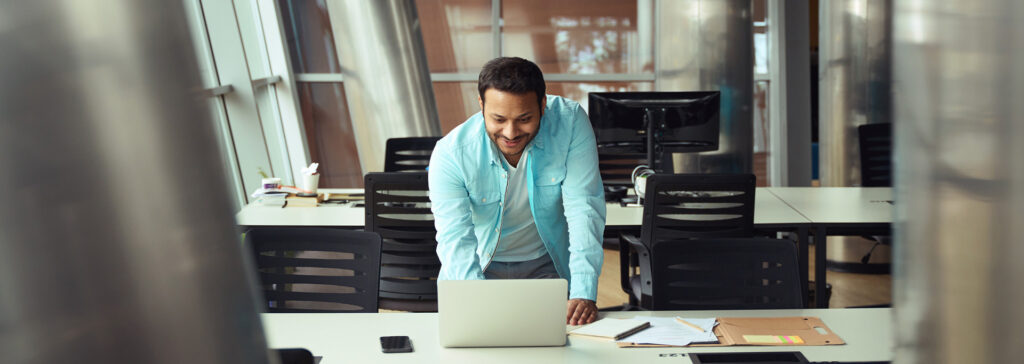 Related Article
Related Article
Best Early Direct Deposit Banks: Get Paid Up to 2 Days Early
The Bottom Line
Having multiple bank accounts can help you stash away cash for different purposes. So if you’re considering a new account, ask yourself whether it makes sense to open more than one. Doing so could help you more easily work toward your financial goals, whether you want a checking account to pay your monthly bills or a high-yield savings account, MMA, or CD to maximize your interest earnings.
No matter which account options you’re looking into, always compare the factors mentioned above to find the best account for your situation. Consider the rates, fees, balance requirements, and other features.
